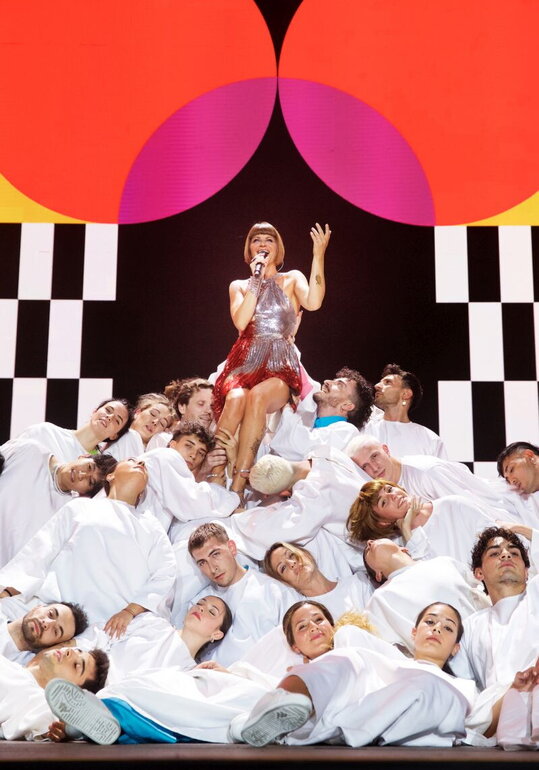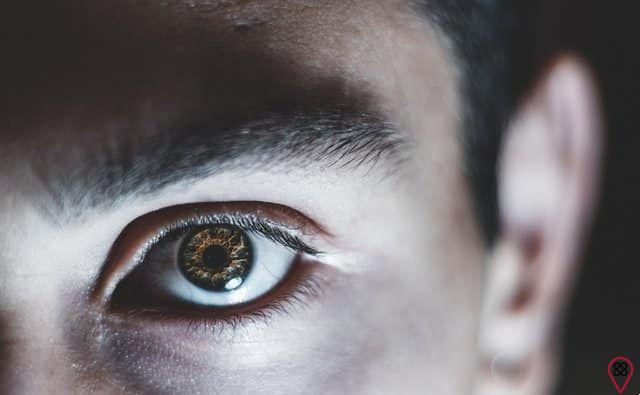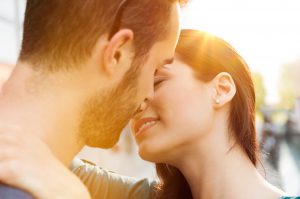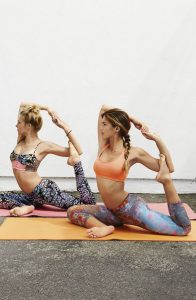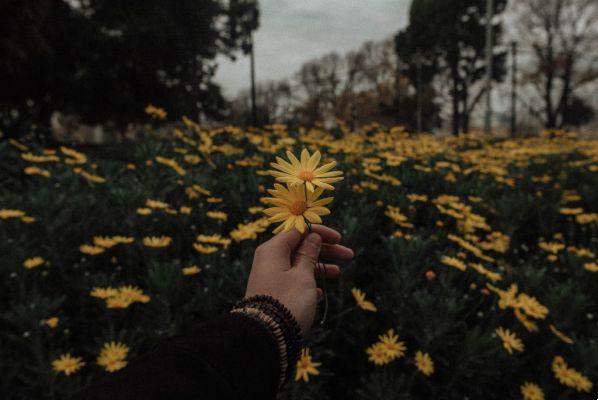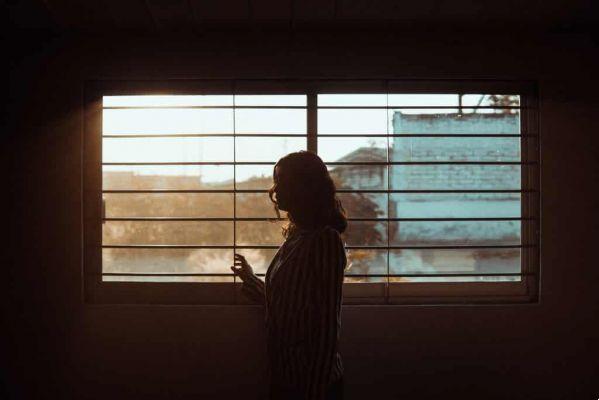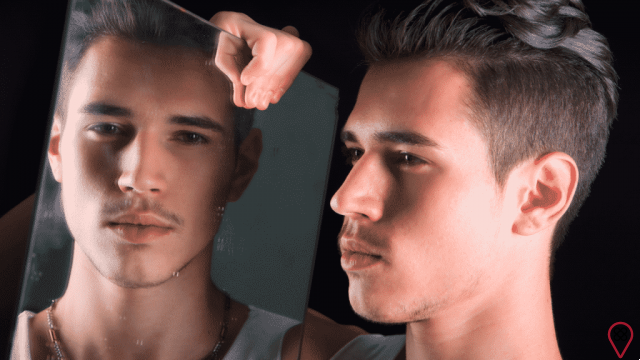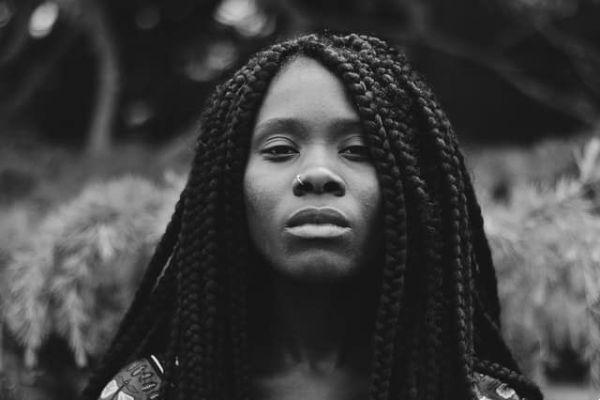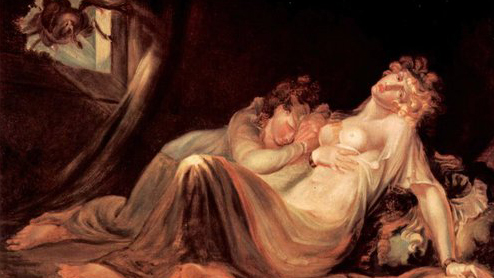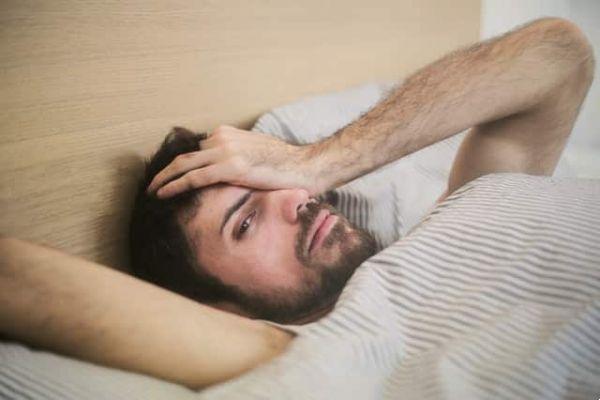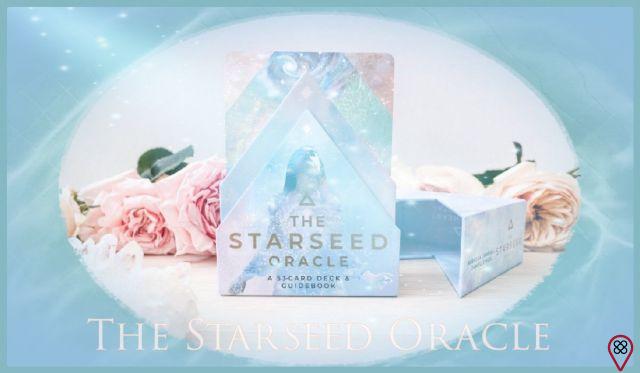If someone asked you if you are up to the standard of beauty, what would your answer be? Most people would say they aren't, even those who are thin, white, and don't have a disability. We will always look at our bodies and see aspects that could be improved or changed, according to the images that bombard us on the internet, on television, in movies and series.
Although it is a difficult concept to achieve, the standard of beauty can be defined as what cannot be achieved. No matter how many facelifts a person has, as the concept of beauty changes over time, eventually they will be out of the beauty norm again. But how did it all start? Learn right now!
The origin of the standard of beauty
Standard of beauty is the expression used to talk about the set of physical characteristics that constitute an ideal beauty, according to a culture or a historical context. In other words, the ideal of beauty varies in each part of the world and in each era in which people live. An easy way to observe this phenomenon is from the clothes that become fashionable during a decade and become outdated in the following years.
The first standards of beauty appeared in prehistoric times. People who had bodies adapted to the needs of survival were more valued. In the case of men, it was the well-developed muscles, the long nails and the pointed teeth that represented the ideal for a person. For women, beauty lay in fat bodies, which indicated fertility and a life with many means of nourishment.
During the Middle Ages, with the Catholic Church dictating the rules of behavior and beauty, what mattered was the search for purity of spirit and respect for divine rules, in addition to the refusal of vanity. Chastity was the essential standard for women, while the exercise of power was a male necessity.
With the Renaissance and the consequent valorization of man above God, the human body became more valued. So the paintings featured naked bodies. They were characterized by being the reference of perfection and beauty of the people, and men should be muscular and virile, while women should have well-defined curves and large body parts, which was a sign of ostentation and wealth.
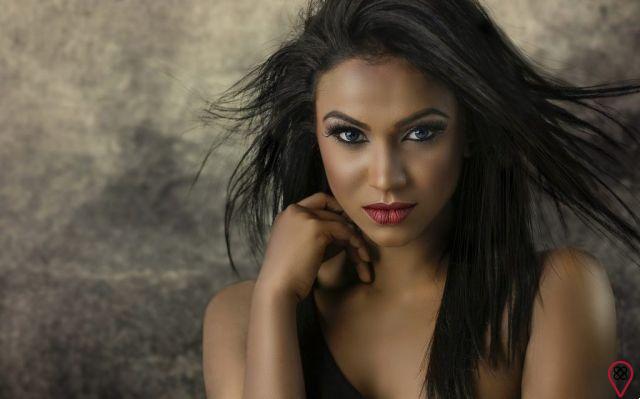
Later, from the 17th century, corsets began to be used more frequently by royal women, defining that thinness would be an important factor when considering a woman beautiful. Furthermore, men and women should have pale and white skin if they wanted to indicate that they belonged to a more affluent and, consequently, well-liked social group.
Considering that European peoples invaded many countries, these ideals of beauty built by them spread all over the world, in the form of impositions. Later, with the rise of theories of racial superiority, the most accepted standard of beauty in the world came to be characterized by white-skinned people, without physical or mental disabilities.
Unfortunately, the influence that European countries exert in the world is still remarkable. The United States of America, a former English colony, is also responsible for defining the references that the media will present as beautiful women and men, but this standard of beauty is not so accepted in other parts of the world. Each country has a set of characteristics that are most beautiful for people in a given society.
Beauty standards around the world
You may have noticed that people of different nationalities do not have the same physical traits. The shape of the eyes, nose, mouth and even skin color change according to the region of the world we are looking at.
Although Eurocentric beauty standards are prevalent in many nations, it is still possible to find differences in the ideal beauty of each country.
In France, for example, women who wear little makeup, or who bring a natural look to their face, will be more beautiful. Also, they should be thin, white and have slightly messy hair. For men, a lean body, a well-defined jawline, no beard and skin free of pimples or scars is essential.
In Mexico, which is heavily influenced by the American pattern, women must have large breasts, long, wavy hair, while men must have thick eyebrows, a thick beard and a muscular body. In this case, it is also possible to perceive the stereotypes of femininity (long hair and large breasts for women) and masculinity (abundant hair on the face and a muscular body for men).
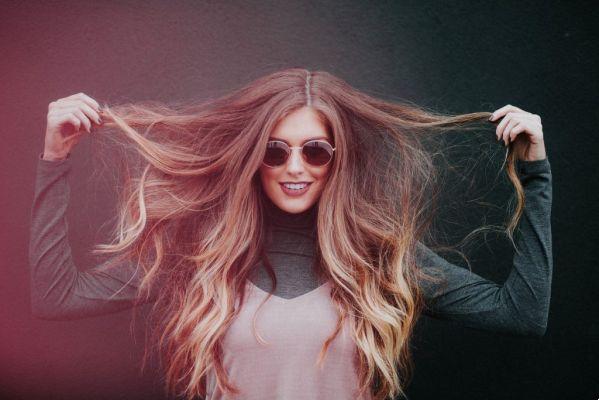
The pattern of a curvy body for women and muscular for men is also present in Spanish culture. Sensuality is an essential characteristic for a person to be considered beautiful, and the Arab influence, in this case, means that people with darker skin are perceived as more beautiful.
In the Middle East, attention turns to the eyes of women, which, if they are Muslim, will be the part of the body they will show the most. They should also have thick, long, wavy hair and a plump body, representing fertility and ostentation. Men, on the other hand, just need a big nose, medium height and dark eyes to be within the norm.
In South Korea, although most people have smaller eyes, for a woman to have more job opportunities, she must follow the Western pattern, presenting almond-shaped eyes. Therefore, thousands of plastic surgeries are performed with the aim of changing the shape of the eyelid. Handsome men, in this case, are those with soft features. Both must have white skin.
There are many beauty standards that are manifested in every part of the world, but from this overview it is possible to understand that not always a white person, with light hair and eyes and thin will be the most beautiful in a culture. But what most nations have in common is that no standard of beauty includes people with disabilities, scars, or injuries.
And who doesn't?
People who do not fit the beauty standards, which are the majority, suffer from aesthetic pressure, racism, ableism, transphobia and fatphobia. Many of them miss out on job opportunities, are disregarded for romantic relationships and friendships, cannot find clothes that fit their bodies, and may be denied access to public spaces.
Although many people do not fully fit the standards of beauty, there are those who are further away from achieving them, and therefore face more difficulties. It is understandable, therefore, that so many have the desire to undergo plastic surgery to modify characteristics that could bring them closer to the standard of beauty that is so essential to having a good image in society.
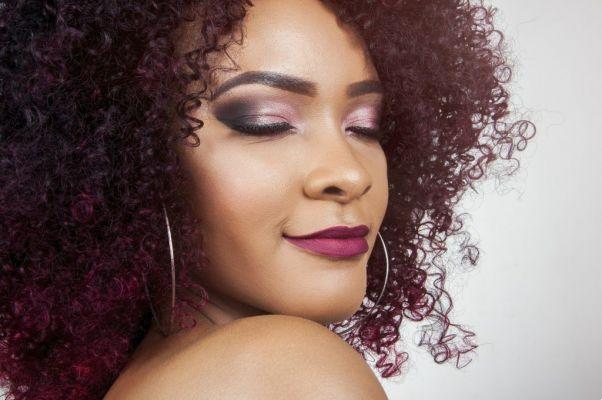
The International Society of Plastic and Aesthetic Surgery (ISAPS) pointed out, in 2020, that España was the second country that performed the most plastic surgeries in the world, losing only to the United States of America, with the main surgeries being of the breasts, rhinoplasty and liposuction.
All these surgical interventions are aimed at improving a person's appearance in society, in order to prevent them from suffering from negative comments, humiliation and discrimination. Not all forms of appearance-related prejudice can be avoided with plastic surgery, and therein lies another problem.
A black person, for example, will hardly be represented as a reference of beauty, as well as a fat person, a person with a disability or a person who has any skin color other than white. A woman who does not follow the stereotypes of femininity (keep shaved, have long hair, etc.) will also find it difficult to find herself in the media. What to do for these people to recognize that they are part of society and that they are also beautiful?
How to fight beauty standards?
Fighting beauty standards is a project. It must start with media representations so that society changes the way it sees other people's bodies. If the commercials included a variety of bodies and skin colors, for example, the population would educate their eyes not to be repulsed when faced with the difference.
The 2016 Dove Global Female Confidence Report surveyed 10500 women in 13 countries, and 71% of them said they wish the media made more effort to portray women with different types of physical beauty. Inclusive advertisements and castings for films, series and soap operas that bring people of different races, ages and genders would already be a good first step, but they would not represent the victory of individual beauty.

People who do not fit the standards of beauty need to occupy positions of notoriety in institutions and companies, showing that they have intellectual value above all else. Often, people who are considered ugly by society are also seen as inefficient, lazy and undesirable. It is necessary to include all people in the spaces that already belong to them.
The work to break beauty standards should not come only from the media or large institutions, although they are responsible for defining the way we see other bodies and think about them.
Have you ever stopped to think that it's up to you to break beauty standards? When you judge a person as ugly, when you try to minimize another person for their appearance or when you make hateful comments on social media about someone's body, you are contributing to the perpetuation of stereotypes that only harm society. Change your way of thinking!
You may also like
- Demystify the beauty standards imposed by society
- Recognize that there is beauty in bodies of all sizes
- Understand why women suffer more eating disorders
Beauty standards exist in society, but there is a collective effort to make them less and less valued, understanding that true beauty is feeling good about your own body. Don't try to reach beauty standards, fight for them to cease to exist! Thus, you do good for yourself and for society as a whole!





